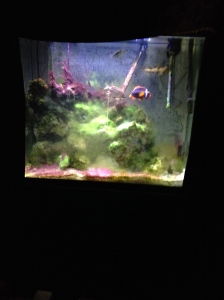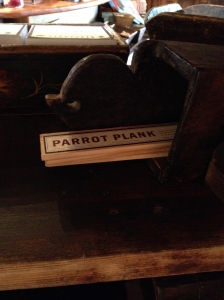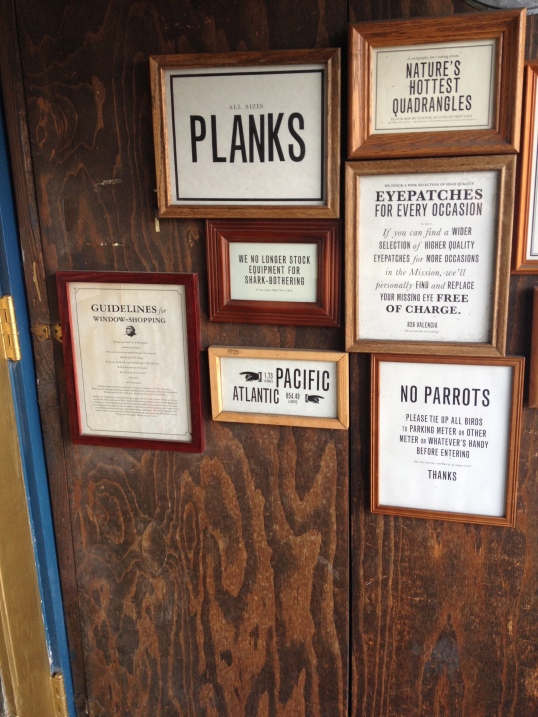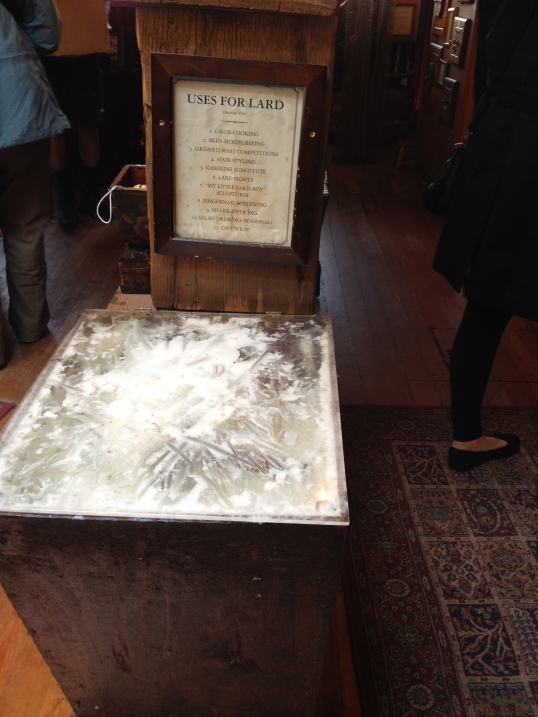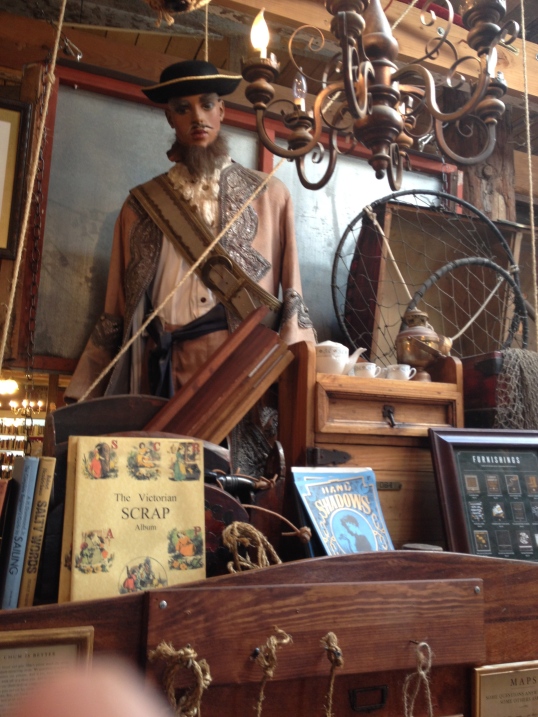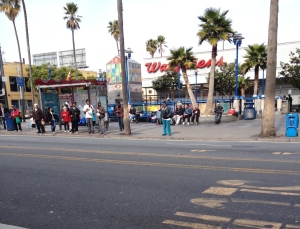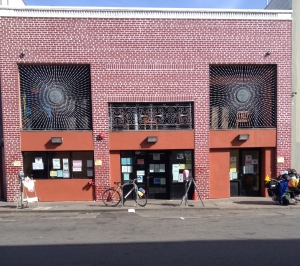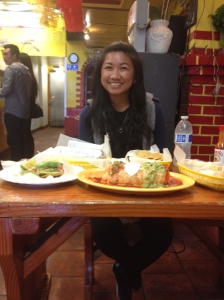I first heard about the Red Poppy Art House through one of the sources I gathered on our first assignment. The Red Poppy started as an art studio more than 10 years ago and has now turned into an art and music space for the Mission community. Located on the corner of Folsom and 23rd Street, this small yellow building regularly hosts musicians, artists, film showings and youth art programs.
Julianne Quimby started as an intern at the Poppy in 2012. She studied cultural anthropology and history of art and visual culture at UC Santa Cruz and wanted to work somewhere like the Poppy that incorporated culture and arts. “I’ve always been interested in cultural diplomacy and bringing people together through art and culture,” Quimby said.
According to Quimby, the Red Poppy Art House makes an effort to reach out to long-time residents of the Mission as new people are entering the district. “We’re trying to make an extra effort to make sure we’re reaching those people as their other resources and relevant programing diminishes as new people are coming in,” Quimby said.
I was also able to talk to Indira Urrutia, the creative director at the Poppy who also works as an art teacher and a visual artists.Before working at the Poppy in 2012, Urrutia and her husband spent four years traveling the continent on their bikes and photographing what they saw. She told me that her husband started the trip in Alaska and she joined him when he got to San Francisco. They spent the rest of the four years traveling through Mexico and eventually working their way to the very end of South America in the Chilean city of Puerto Williams.
Urrutia told me that at one point in the trip, she started to feel guilty. She felt like there was more work to do than just riding her bicycle and taking photographs. It wasn’t until she was invited to a school in Mexico to show her photographs and talk with students that she found a more meaningful purpose for her trip. What started as a photography project molded into an educational project. “I felt that education was the best way to give back to society,” Urrutia said.
We talked for more than an hour, covering what it was like being an art teacher and an artist in San Francisco with all the demographic changes that are taking place. As an art teacher, she sees a shift in the importance art has in an education. “It’s taught as something fun to do. It’s not thought as something important to do,” Urrutia said. Urrutia now comes and teaches art after school. She say that there is no creativity during normal school hours and that education has now focused on memorizing and standardized testing.
As for being an artist in the Mission, she said that artists have always lived off the bare minimum, often relying on low rent and cutting out things like health insurance or saving money in order to get by. “I feel like there are a lot of artists in the Mission that can live off their art, but not in the best way,” Urrutia said.
At the end of our interview, Urrutia brought up two well-known artists who are being evicted from their homes. Regarded by members of the community as ‘Chicano Royalty,’ Rene Yanez and Yolanda Lopez first got the first eviction notice last July. The artists were major players in the art movement in the Mission District. “Their story made me think a lot about me,” Urrutia said. Urrutia said that the future of artists really relies on fixing the “living situation” in order to keep artists from being kicked out of their homes.

